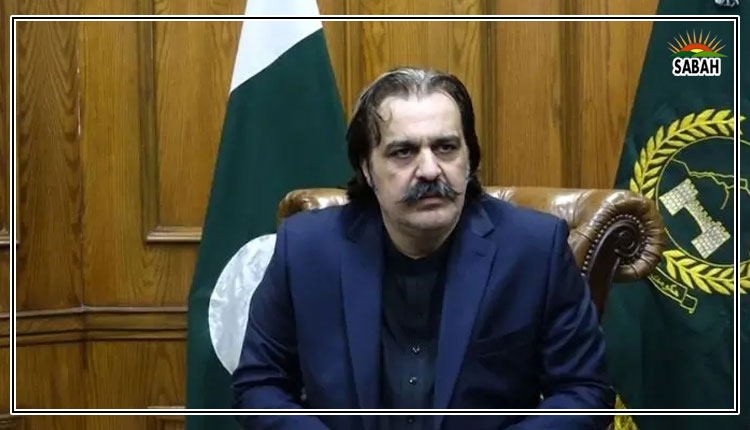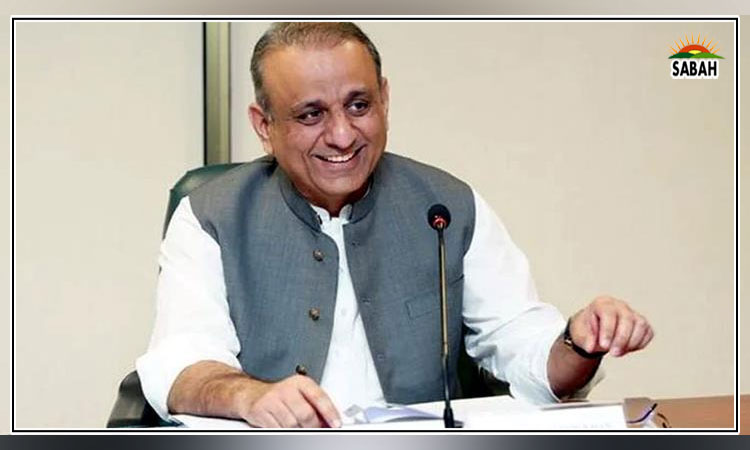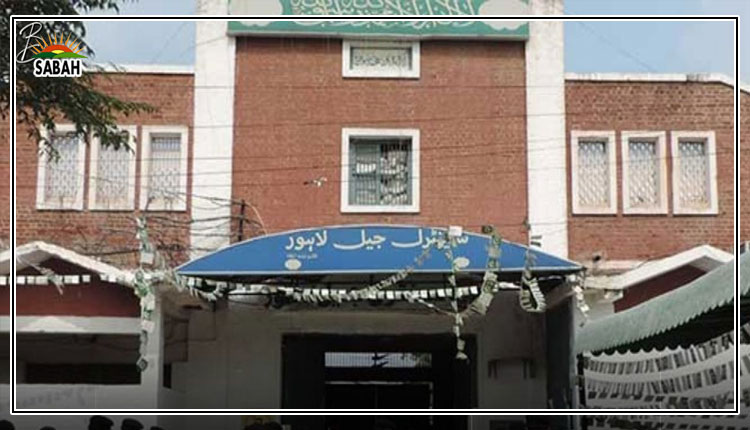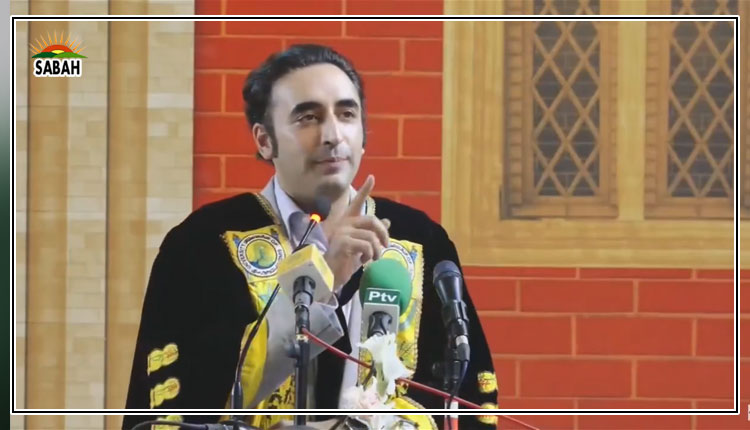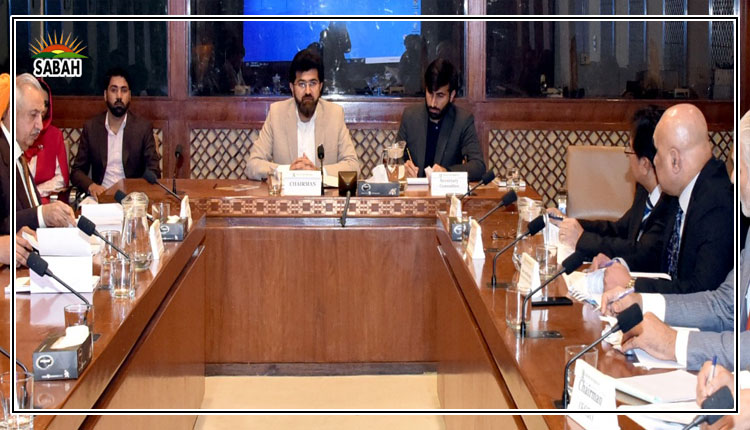Gaza’s children …. Aamnah Arshad Kamal
AS we mark one year since the onset of the conflict in Gaza, the devastating toll on children’s mental health there continues to unfold. More than 42,000 people have been killed in Gaza since the start of the conflict, according to the Gaza health ministry, with the majority of identified victims being women and children. This prolonged conflict, marked by air strikes, displacement, and the loss of family and homes, has left deep psychological wounds on children and the youth.
World Mental Health Day, observed each year on Oct 10, is a crucial time to raise awareness about the mental health crisis being faced by children living in war zones. The children of Gaza have been confined to a narrow strip of land, which has been blockaded for 15 years, and, along with the rest of the inhabitants, have faced a number of intense periods of assault by Israel, from 2008 to 2024. The current attacks have so far proved to be the most devastating for Gaza’s 2.3 million people. Besides the huge death toll, thousands of people are missing, many of them perhaps dead under the rubble.
Keeping in mind the demography, we can assume that a little under half the casualties are children. However, it is quite clear that all children in Gaza have experienced the trauma of war and it is no wonder that the Gaza Strip has been called the “most dangerous place in the world to be a child” by Unicef spokesperson James Elder.
Large numbers of children in Gaza are injured; they have been left without parents and shelter, without vital medical aid, and without sufficient food and water. Before they can recover from their previous scars, they are re-traumatised — on a daily basis — and are left with no sense of security. They are in a state of toxic stress, as they live under the constant terror of bombardment and firing.
There are many studies to support the evidence of mental health disorders including post-traumatic stress disorder, anxiety and depression among the children. One such study, conducted after past conflicts in Gaza, is the ‘Consequences of war-related traumatic stress among Palestinian young people in the Gaza Strip: a scoping review’, published in Science Direct. It concludes that the majority of children in Gaza exhibited symptoms of PTSD: “The mental health of children and young people in the Gaza Strip is a pressing public health concern, particularly PTSD, depression and anxiety.”
Psychologist Iman Farajallah has conducted a number of studies on childhood trauma focused on Palestinian children. For her 2016 doctoral dissertation titled Children of War: Psychological Impacts of War and Post-war Trauma on the Palestinian Children in the Gaza Strip, Dr Farajallah interviewed children and their families in the area. She found that anger and aggression were common among them as a result of witnessing Israeli bombings take the lives of close family members. Among the signs of mental trauma and PTSD displayed by children were: depression, anxiety, continuous traumatic stress disorder, hyperactivity, a preference for being alone, aggression, screaming, nightmares and bed-wetting, frightening thoughts and flashbacks of traumatic events.
Watching people around them die, especially parents and close family members and friends, makes the children in Gaza very afraid, lonely and depressed. They do not receive the emotional support or psychological care needed, thus these negative feelings exacerbate their mental health issues. The lack of security resulting from losing family members, homes and safe places to live, prolongs the stress they suffer.
Intense conflict has destroyed schools and recreational structures in Gaza, disrupting children’s education, which in turn impacts their cognitive development and learning. Besides not being able to go to school, children also lose out on discovering their talent, interests and skills.
As a result, their future progress is hampered, adding to their feelings of depression and hopelessness.
Interventions that focus on reducing the effect of war on children’s mental health are crucial to helping the affected youngsters manage the adverse psychological effects in the long term. However, effective intervention and treatment of the mental health problems of Gaza’s children is only possible when there is peace in the region and the infrastructure is restored. Since the healthcare system has collapsed, no treatment is even partially possible until the war completely stops and reconstruction of infrastructure is carried out.
Courtesy DAWN




